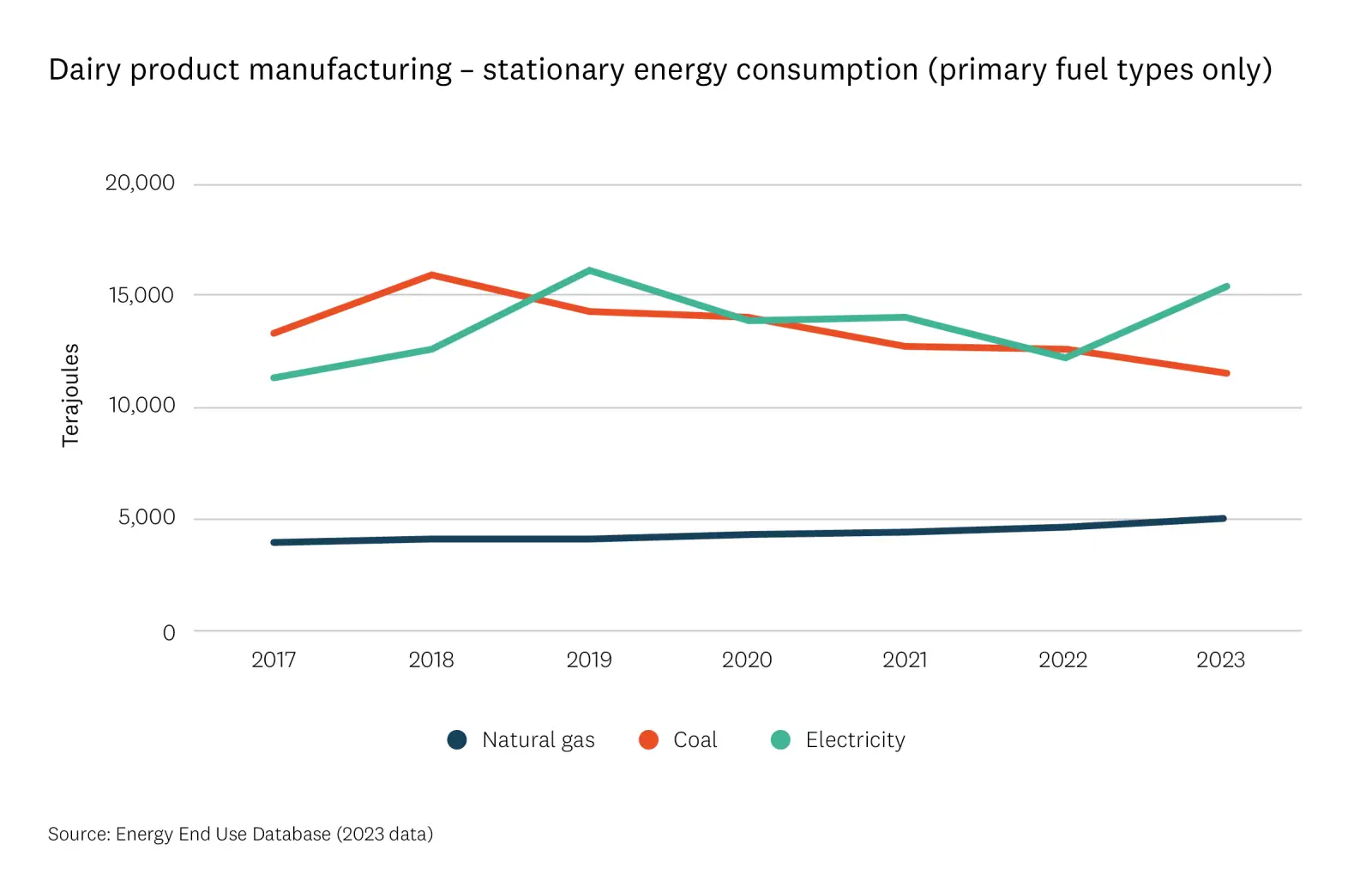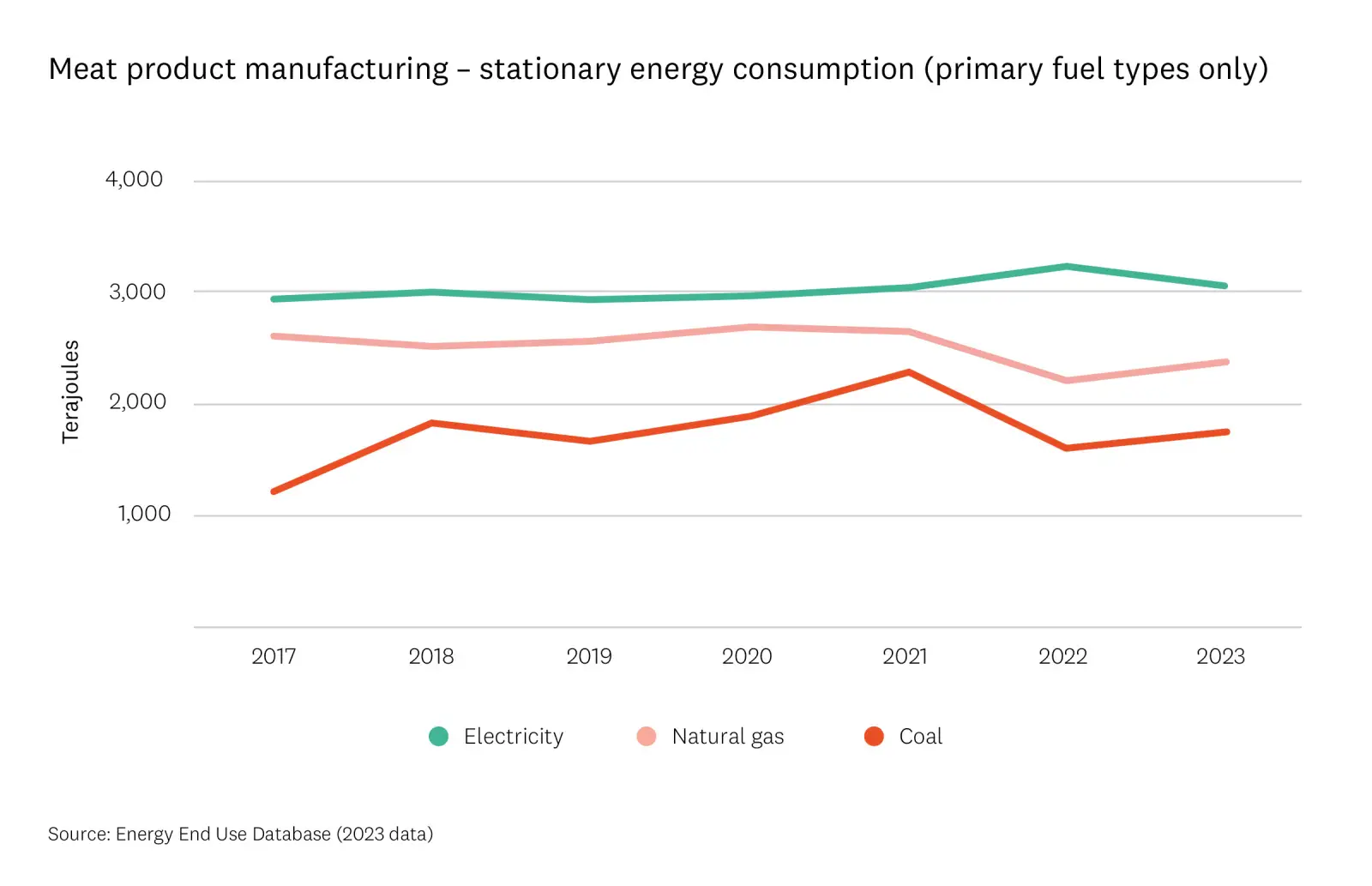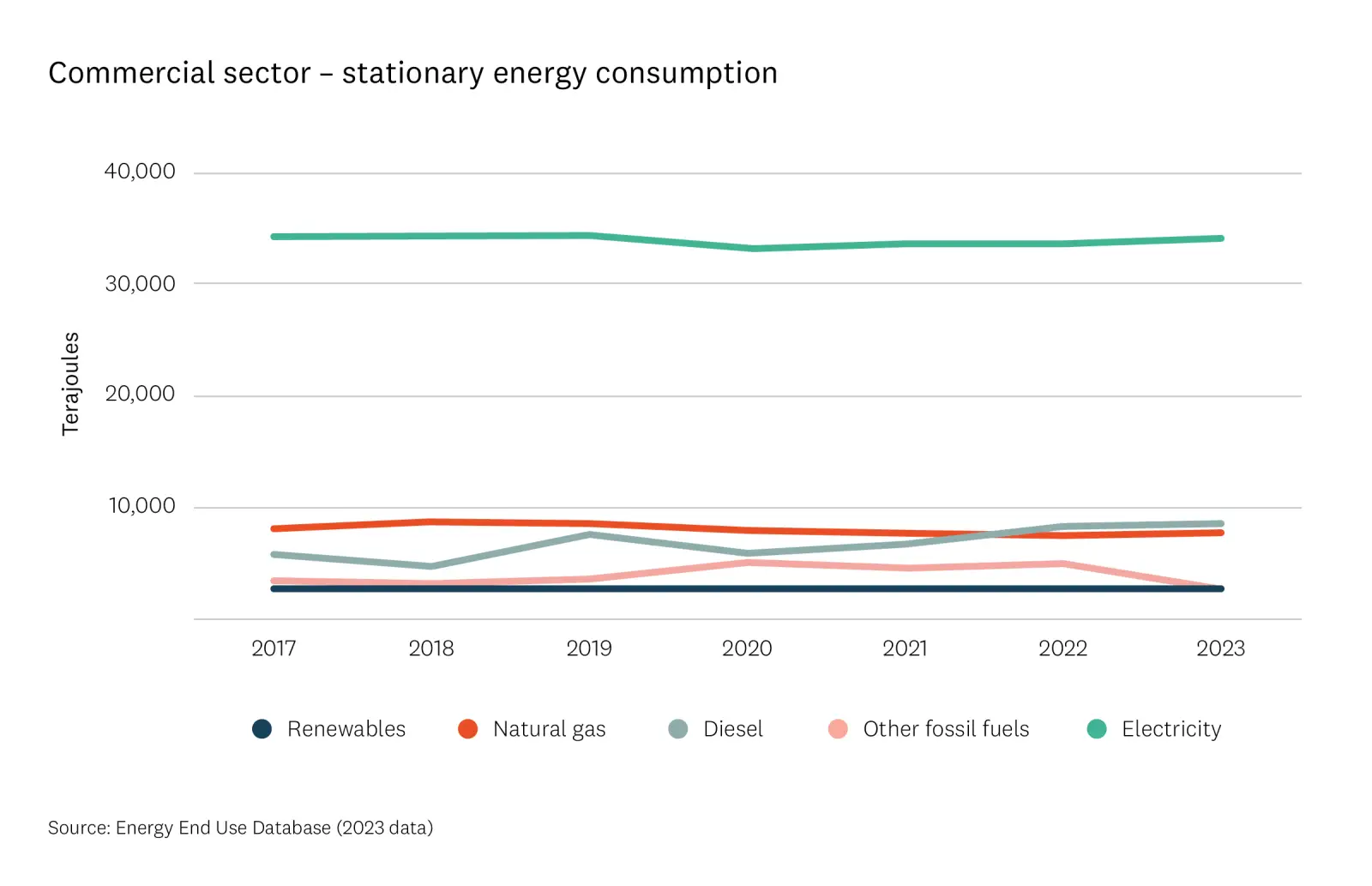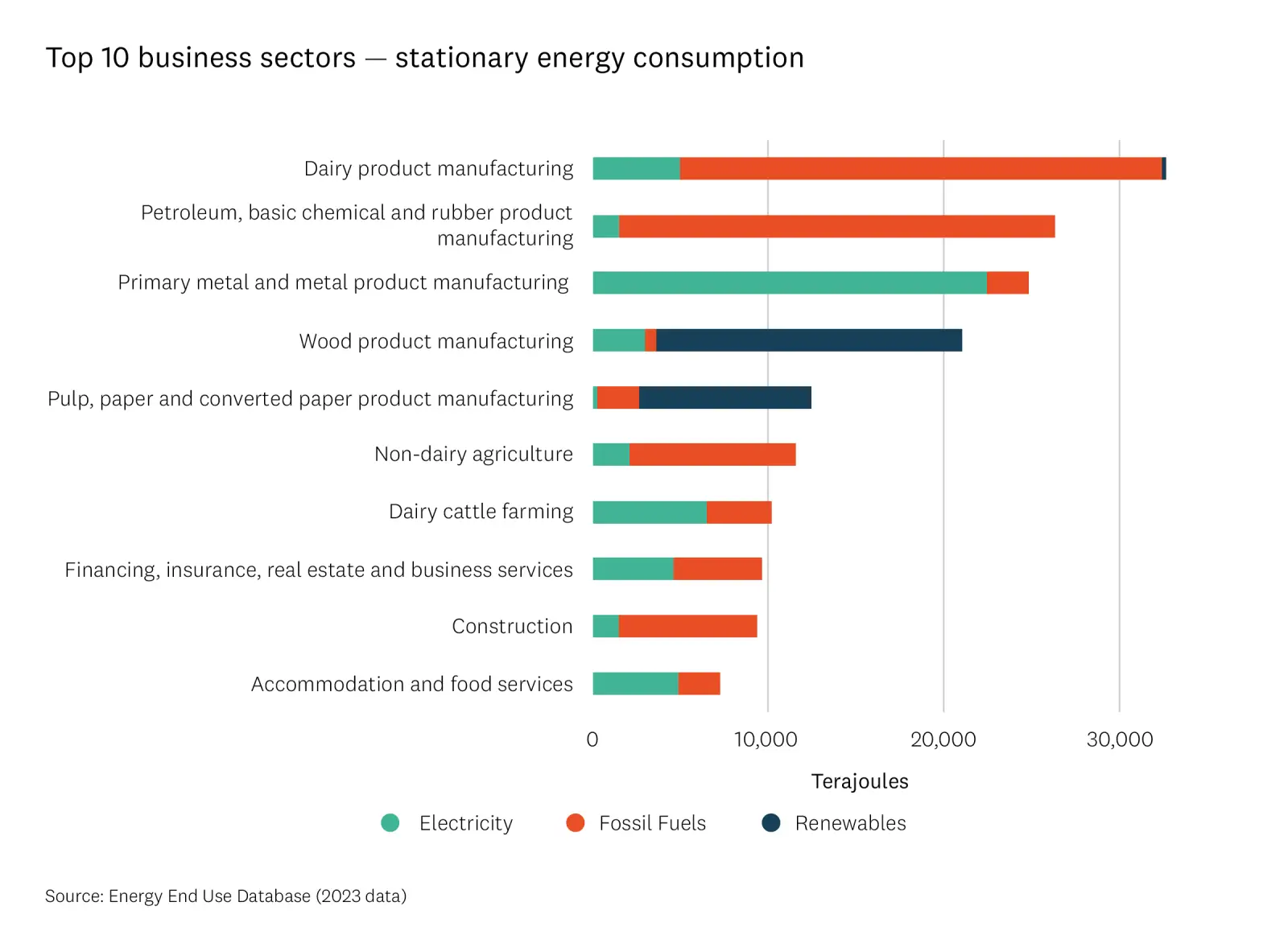About the database
The Energy End Use Database (EEUD) was developed by EECA and provides the latest data on energy type and end use in New Zealand homes and businesses, between January 1, 2017, to December 31, 2023.
The dataset is available as an online data visualisation application showcasing the results with a user-friendly interactive interface. The data is also available as a downloadable spreadsheet of the entire dataset.
The tool uses annual energy demand data from MBIE and delivered energy estimates are provided for fuel types, sectors, end uses and technologies. The data is a resource for analysts, researchers and modellers across public and private sectors to understand changes in energy fuels and demand in New Zealand.
The ‘end use’ values expressed in the EEUD represent how delivered energy is split between its uses in given sectors. The delivered energy end use values are different to the ‘actual’ end use energy volumes when efficiencies and losses are accounted for.
Insights summary from the latest data
Manufacturing in the dairy, petrochemicals, metals, and wood sectors remains the main driver of stationary energy consumption in New Zealand, with high and intermediate temperature process heat and boiler systems as the primary end uses and technologies.
The top insights include:
- The overall fuel mix has remained steady over the past seven years, with consistent proportions of electricity, fossil fuels, and renewables.
- The industrial sector saw a shift from fossil fuels to electricity between 2021 and 2022, with this trend reversing in 2023.
- Coal is declining in the dairy sector, consistent with conversions away from coal in 2022 and 2023.
Sector insights
Dairy product manufacturing
The dairy sector accounted for 18% of New Zealand’s industrial stationary energy use in 2023.
Coal use has been decreasing each year since 2018, and electricity use has gradually increased over the same period. Open Country Dairy’s Waharoa site went operational in March 2023 with its new biomass boiler – displacing coal – a change that would have significantly contributed to the reduction in coal use. Meanwhile, several new industrial projects across the sector became operational in 2023 and there was increased used of electrode boilers at Synlait’s Dunsandel site and Open Country Dairy’s Awarua site.
The use of fossil gas increased significantly in 2023. Fonterra has announced its intention to convert two gas boilers to electricity which, once in place, will be reflected in total gas use figures.

Meat and seafood product manufacturing
Several industrial co-fuel projects across the meat products sector became operational across 2024 and more are expected to become operational across 2025 and 2026 (e.g. fuel switching projects at sites for Alliance, AFFCO, ANZCO), the data does not show the impact of these. These projects are expected to impact consumption data in the long term.

While the commercial sector mainly uses electricity, it also uses fossil fuels, mainly fossil gas and diesel. These fuels make up around 40% and 44% of all the sector’s fossil usage respectively. Diesel usage has increased over the past four years. Renewable fuel usage is mainly geothermal with a small amount of biogas used.

About the data
The EEUD was initially created by EECA in 2007. EECA revised and improved the quality of the database in 2018. An improved dataset was released publicly in 2020 and was available as open data.
Open data website(external link)
In November 2021 the updated dataset was released as an online data visualisation application showcasing the results with a user-friendly interactive interface. The data is also available as a downloadable spreadsheet of the entire dataset. Energy use estimates are derived using a ‘top down’ approach based on MBIE’s annual high-level sector/fuel energy demand data and proportioned into further disaggregated sectors, end use applications and technology values using ‘bottom up’ data held by EECA.
In April 2022, the transport data methodology was updated and now expresses an enhanced breakdown of technologies and transport modes. This update was based upon Waka Kotahi, Ministry of Transport and EECA data. The data provides insights into battery electric vehicles, passenger and freight rail, and heavy trucks.
In April 2025, EECA released a new version of the online data visualisation tool. The new version has enhanced functionality including filters with multi-selection ability.
For more information about the EEUD, please email info@eeca.govt.nz
Find out more here
Read next
-
Red meat, green energy
By switching to cleaner technologies, Alliance Group is helping reduce Southland’s carbon footprint.
- Case study
- Decarbonisation
- Process heat
-
Cutting coal and carbon emissions at Silver Fern Farms
Switching away from coal will help industry-leading company reduce carbon emissions and save money.
- Co-funding
-
Fonterra | Coal boiler conversion
Fuel switching captures economic and climate benefits for Fonterra.
- Case study
- Innovation
- Fuel switching



